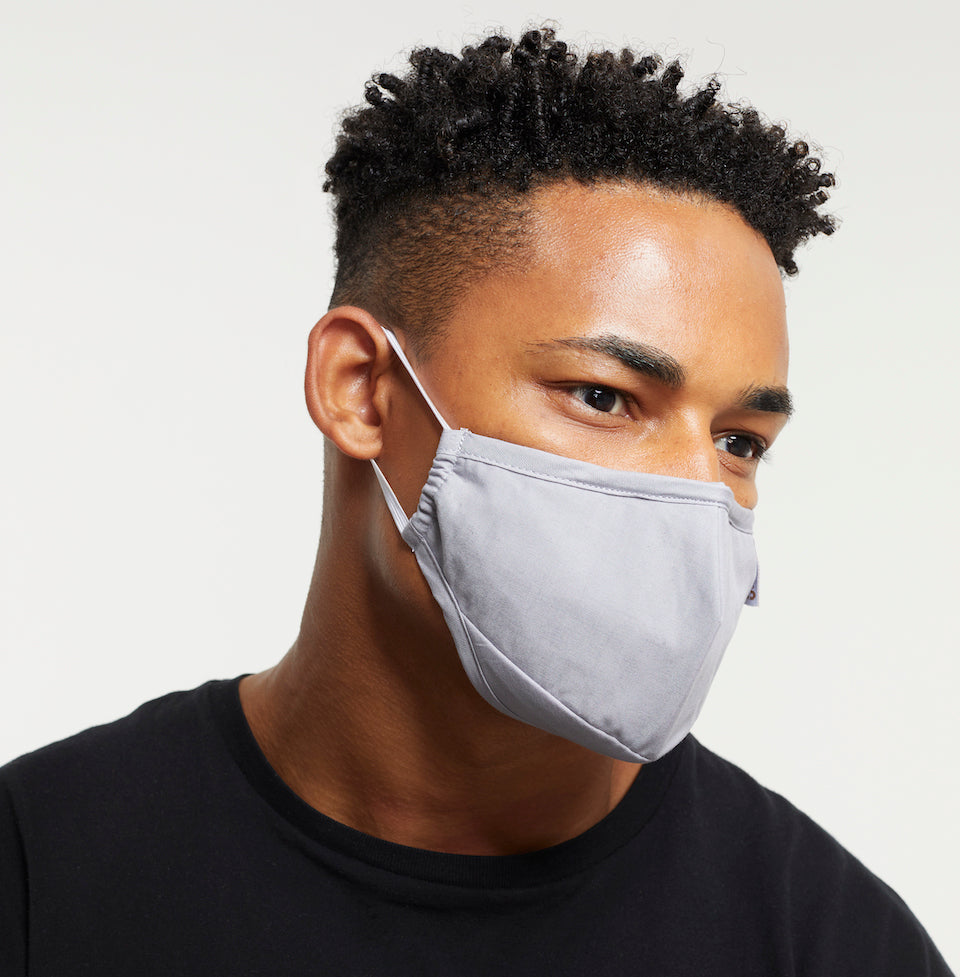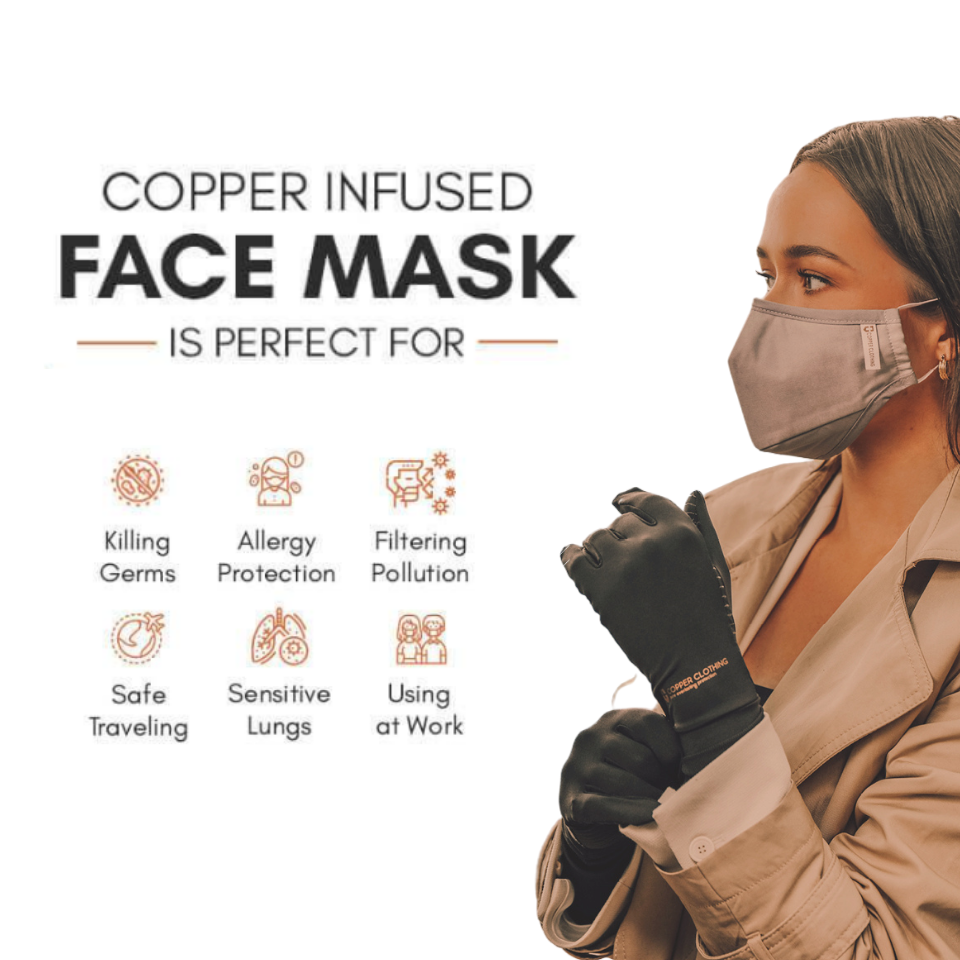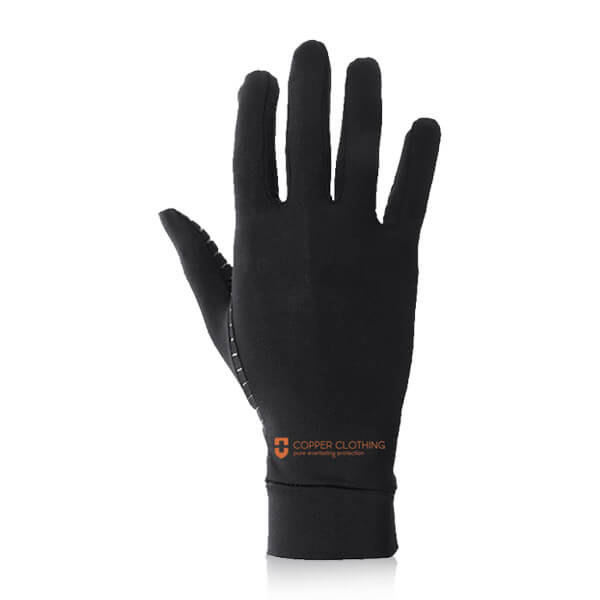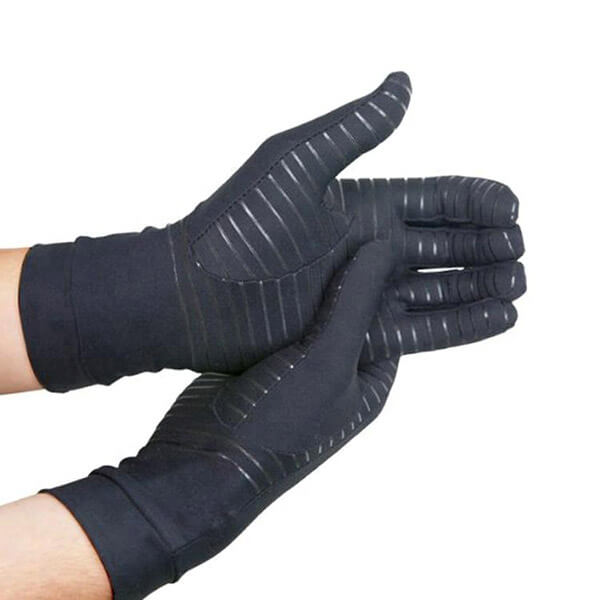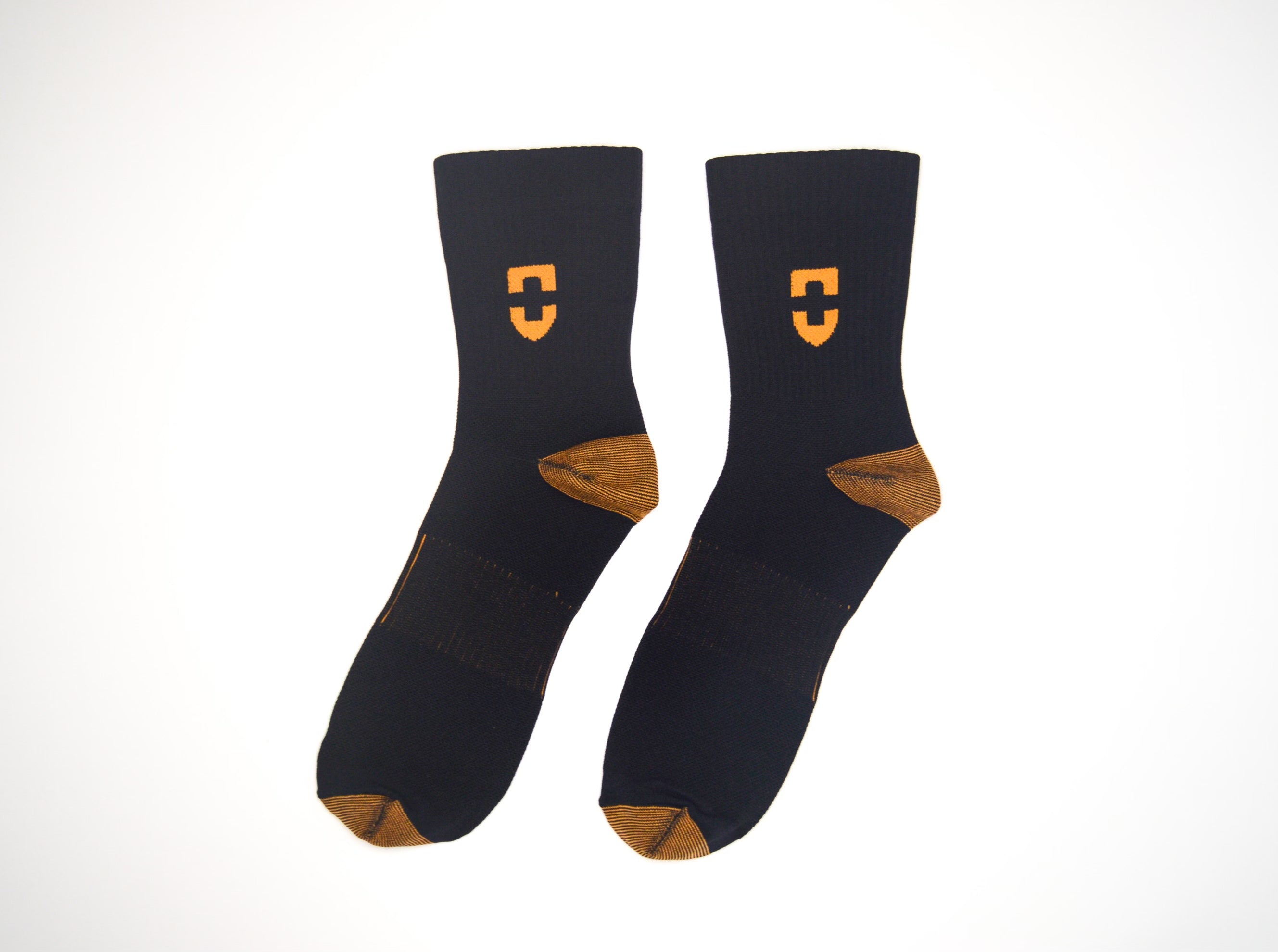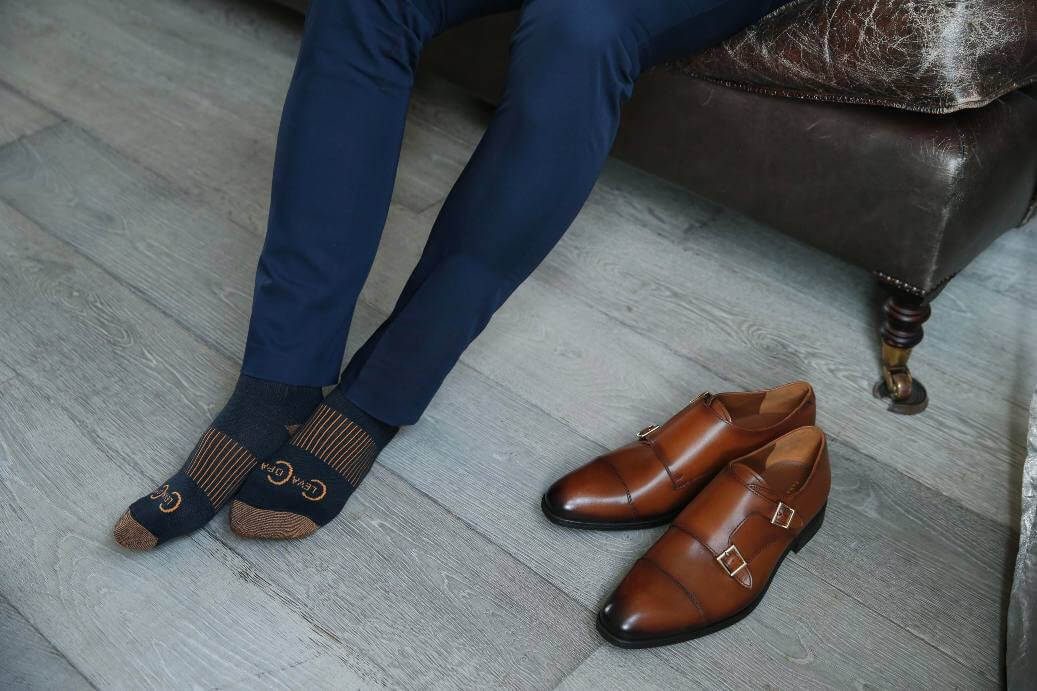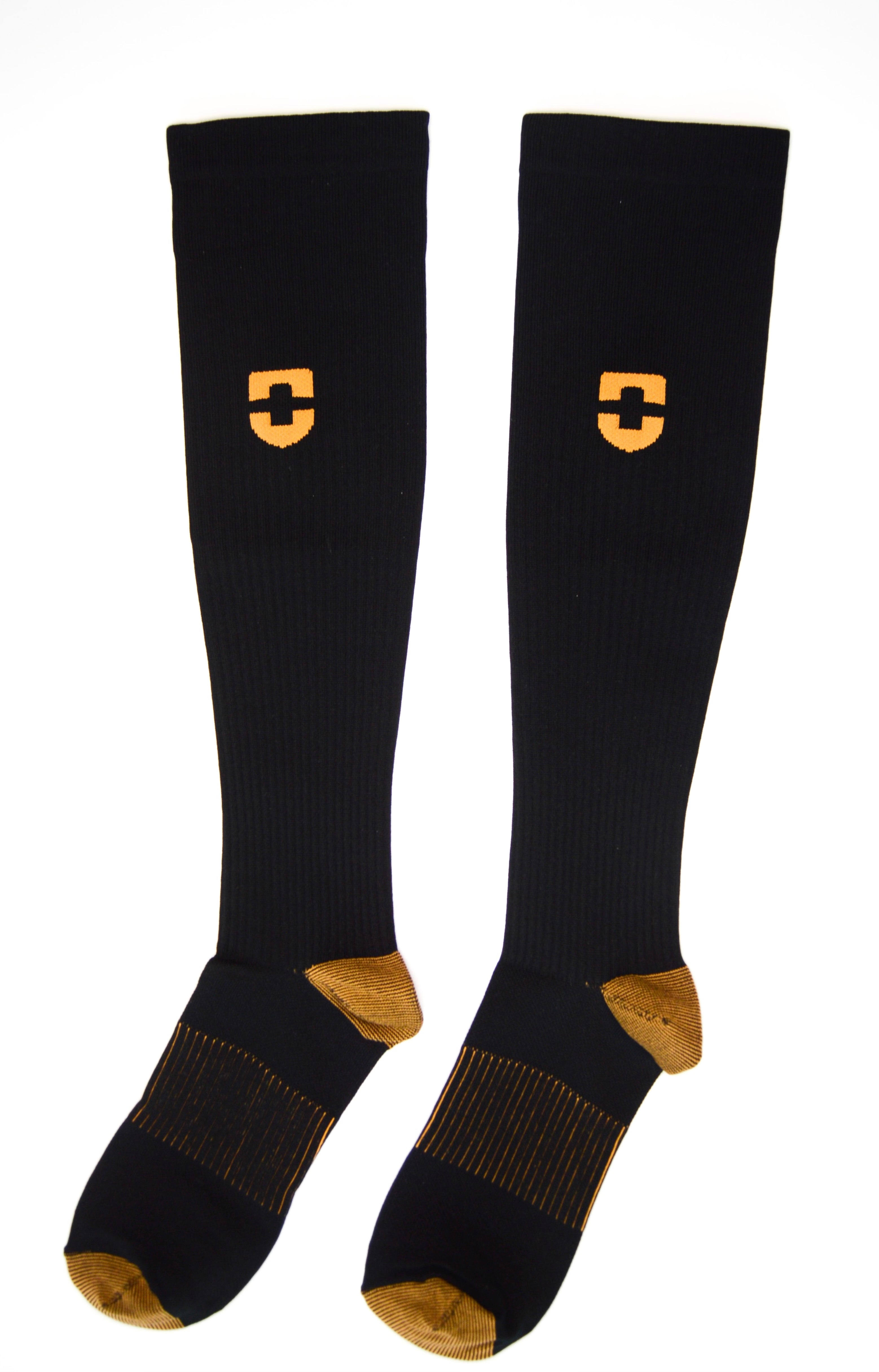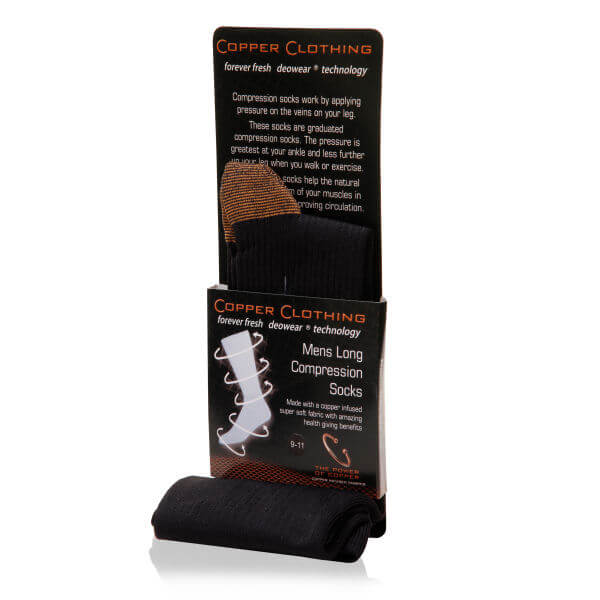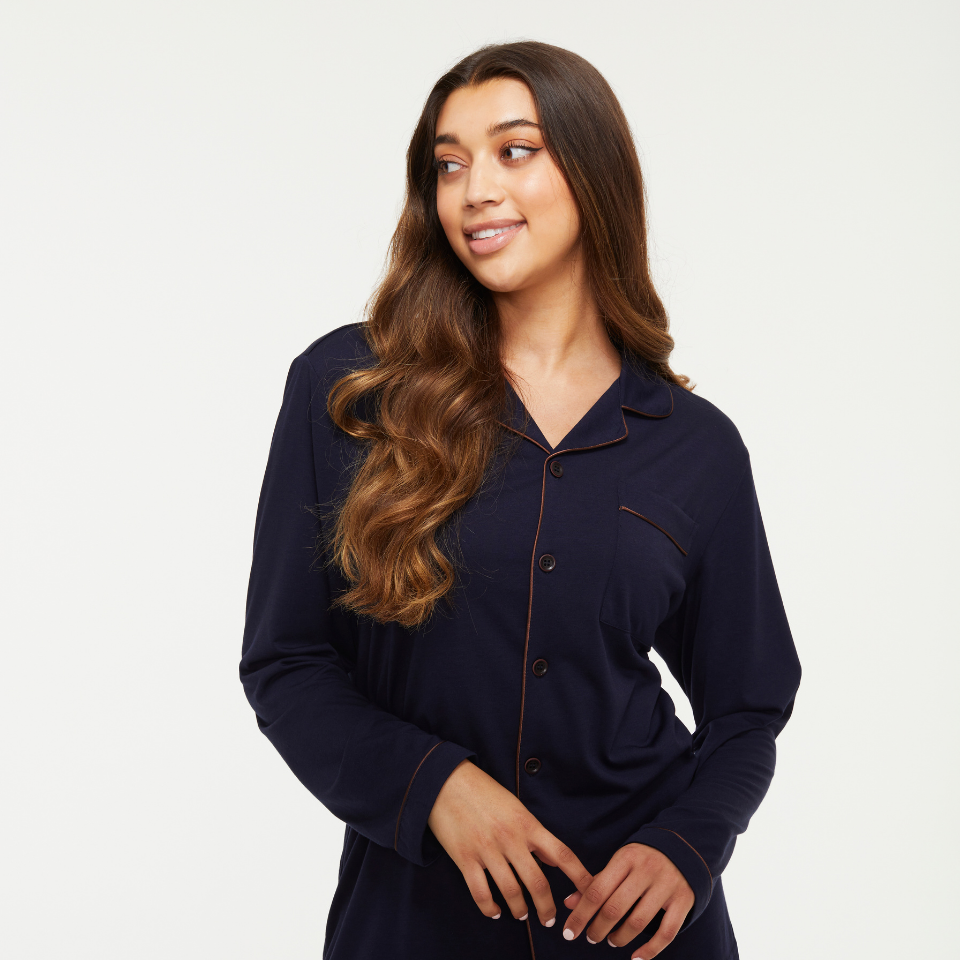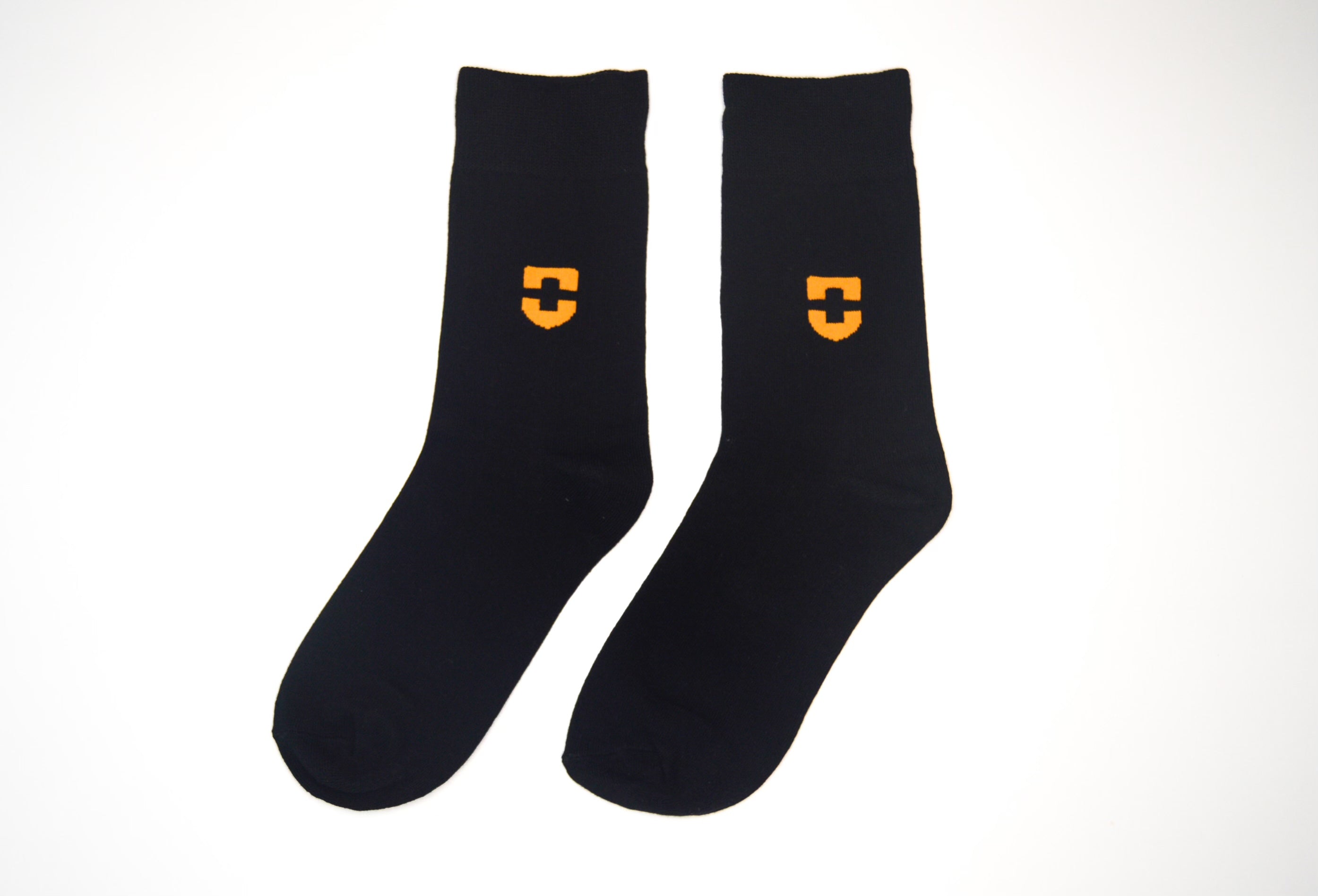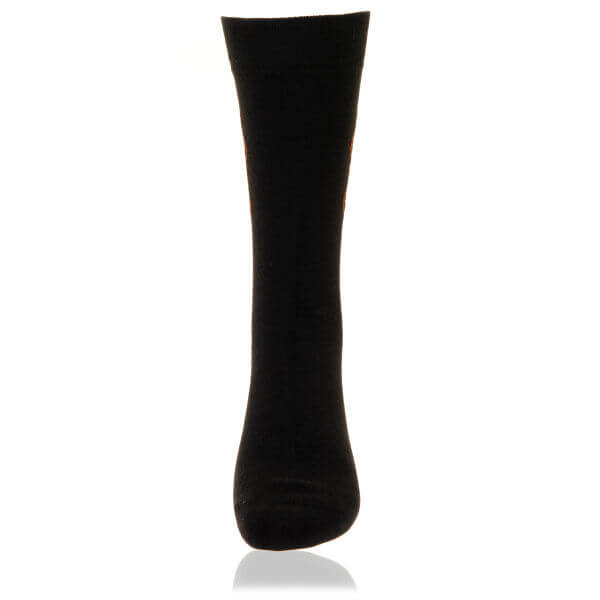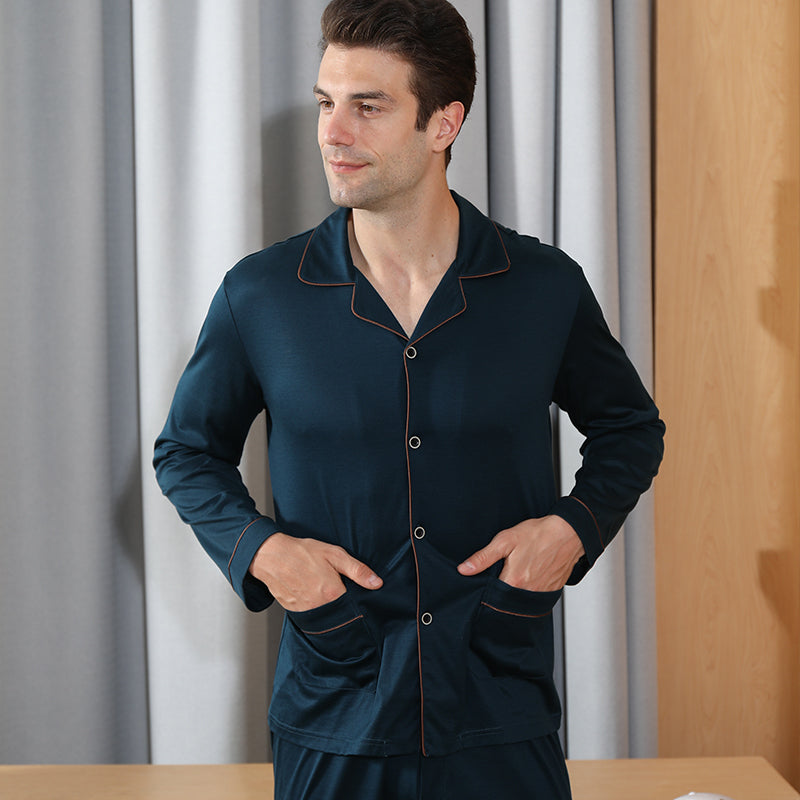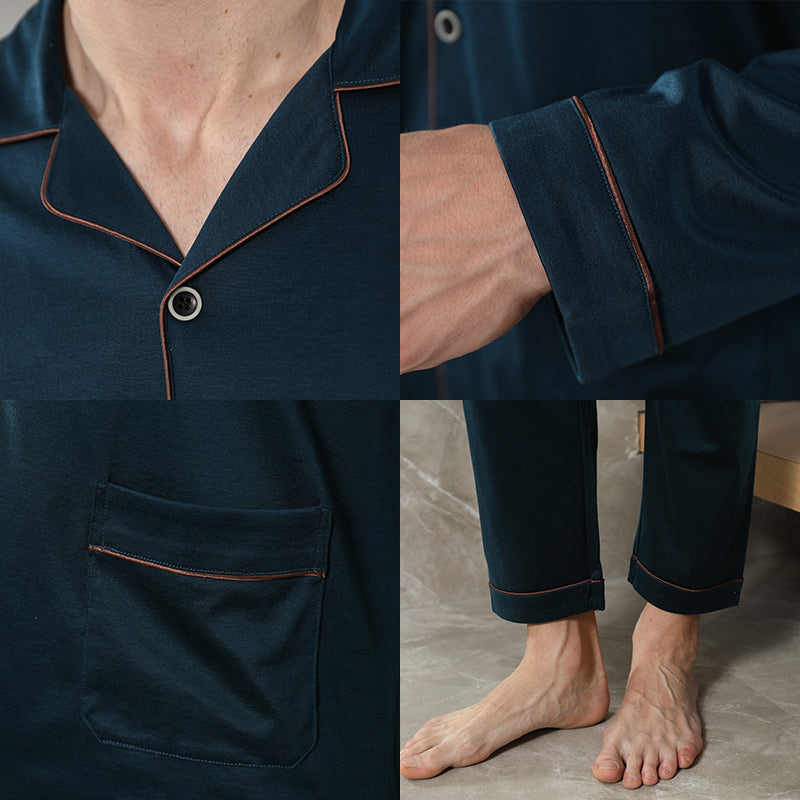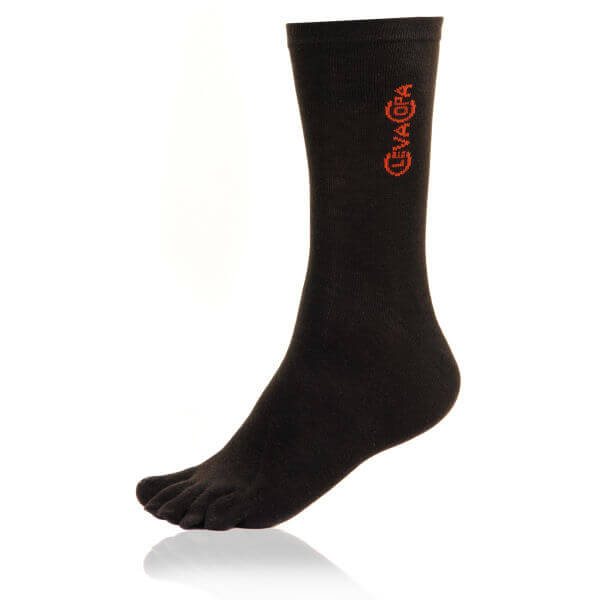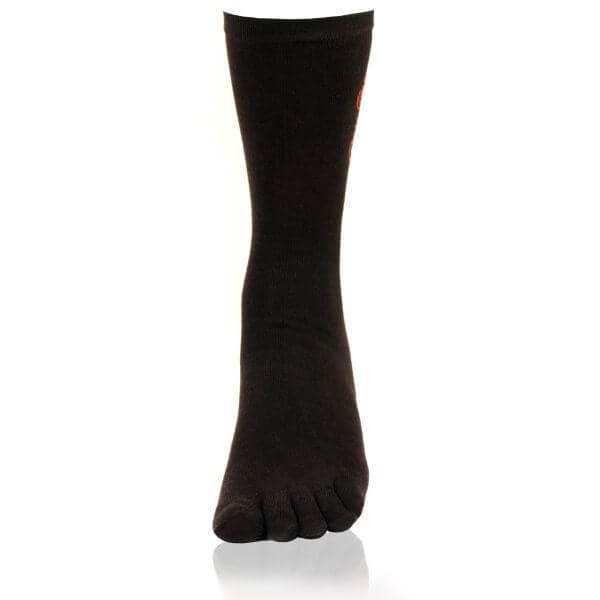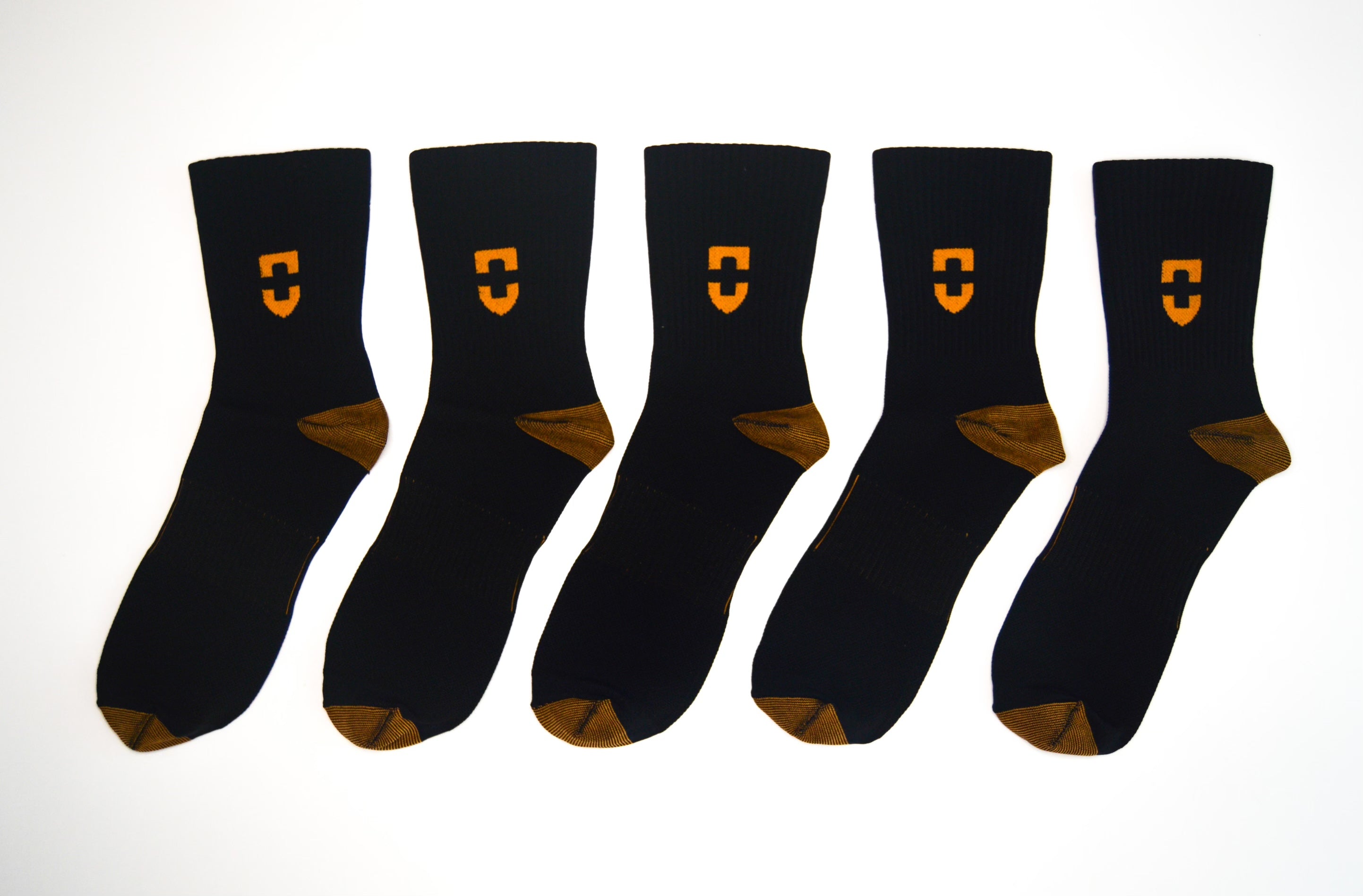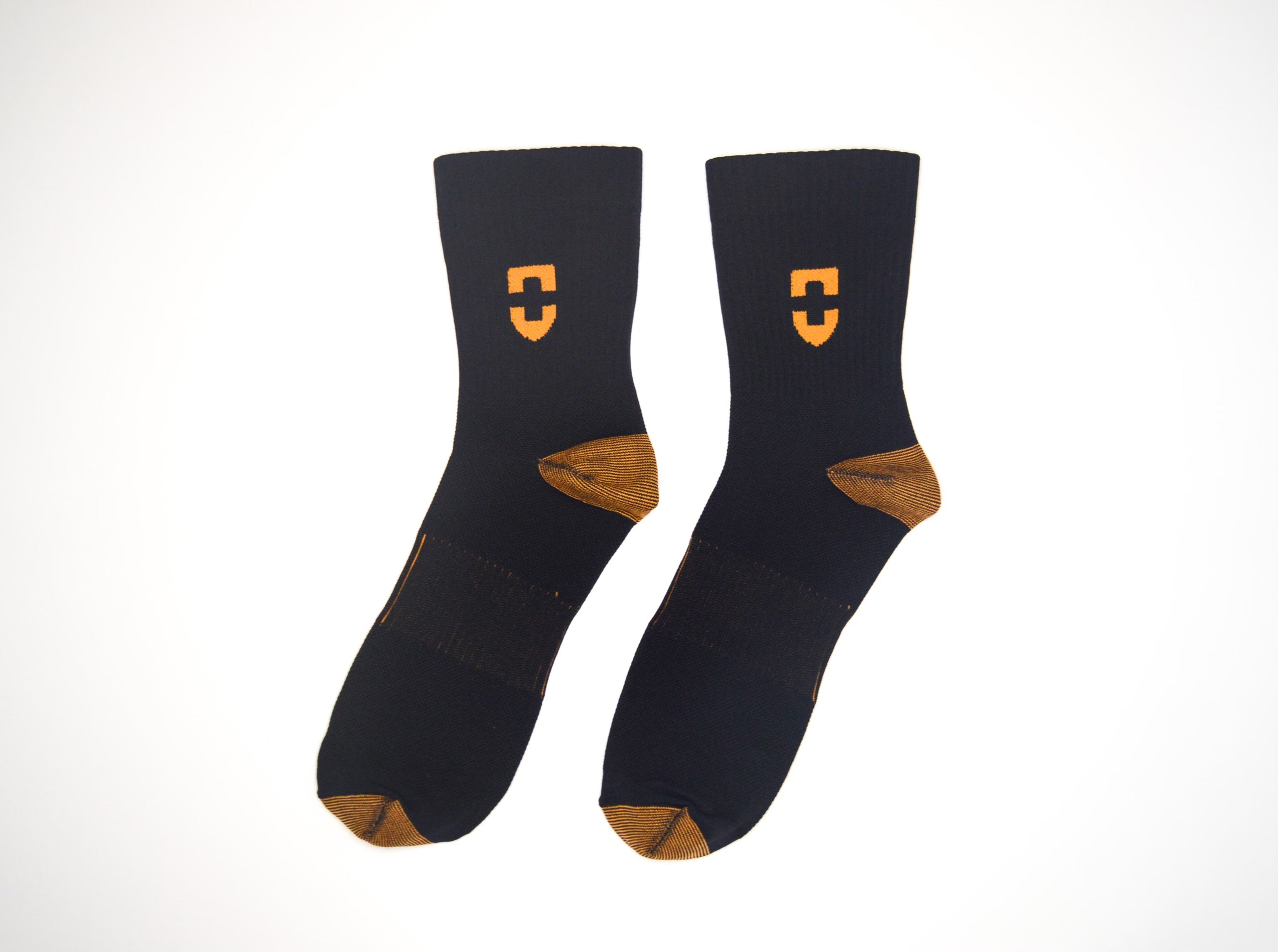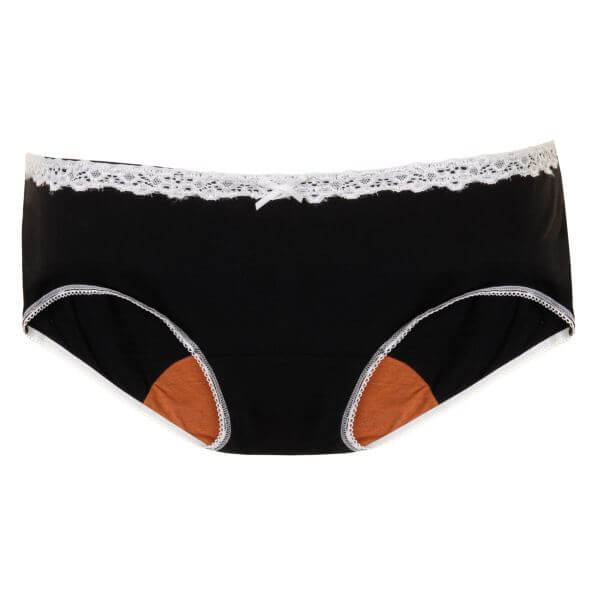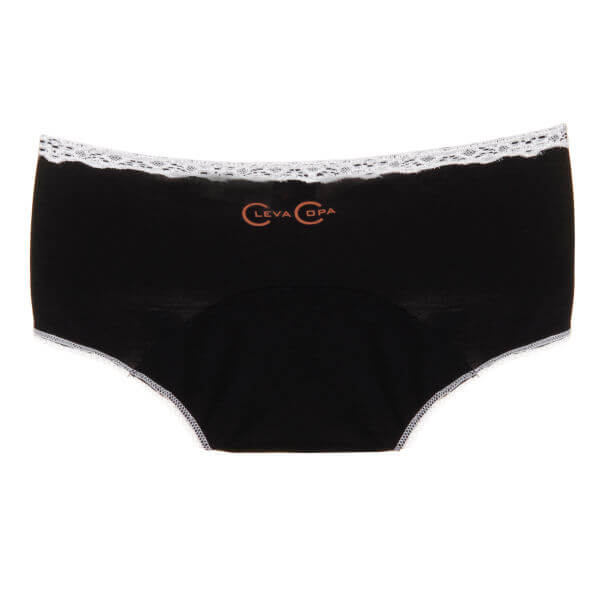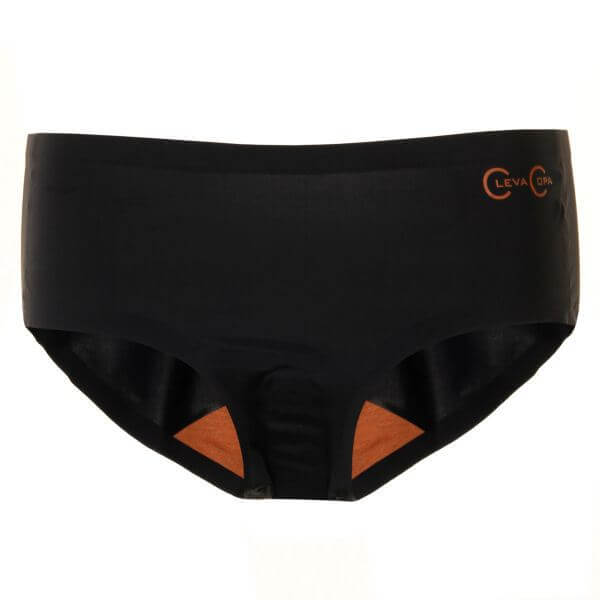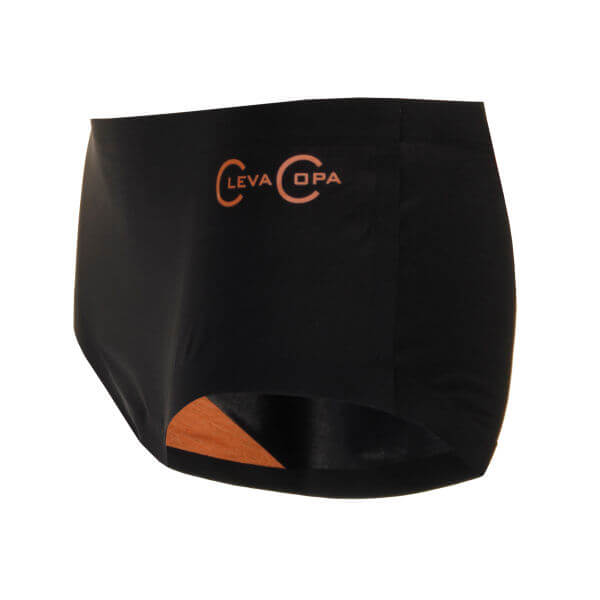How Tight Should Compression Socks Be?
Published
October 01 2024
The answer to this question really hinges on your specific objectives. Are you aiming to fight off spider veins during pregnancy, boost your athletic performance, or reduce the risk of blood clots in your deep veins?
Multiple research indicates that compression socks and stockings can enhance blood circulation, support overall circulatory health, and alleviate various uncomfortable conditions. In this article, we'll delve into how to select the right level of compression for your body, ensuring you achieve the best health benefits possible.
How Tight Should Compression Socks Be?
Getting the right fit with compression socks is essential for both effectiveness and comfort. If your socks are too loose, they won't provide the compression you need. On the other hand, if they're too tight, they might cause discomfort or even harm. So, how can you ensure you're wearing the right size? There isn't a universal answer to this question, as fit can vary from person to person. Generally, compression socks should feel snug but not restrictive.
To check the fit, try sliding a finger under the fabric at the widest part of your calf. You should be able to do this with minimal effort. If you can’t, the socks are likely too tight and might restrict your circulation. Initially, compression socks may feel tighter than expected. This is because they need time to adjust to the contours of your legs. After wearing them for a while, they should become more comfortable and conform better to your shape.
Signs Your Compression Socks Are Too Tight
Compression socks are designed to support your legs and boost circulation gently, but when they’re too tight, they can feel more constricting than comforting. Finding the right size is crucial to avoid any unwanted discomfort. If your compression socks are too tight, you might experience discomfort, notice red marks where the band rests, or see swelling in your legs.
Ideally, compression socks should fit snugly like a second skin and provide support without cutting off circulation. If they feel overly tight, it's likely that the fit isn’t quite right.
If you have any medical conditions, it’s best to consult with your doctor before choosing compression socks. Also, measuring your calves beforehand can help you select the correct size and avoid any issues. Lastly, check that the store offers a good return policy so you can try different sizes to find what works best for your comfort and leg health.
Signs Your Compression Socks Aren’t Tight Enough
Compression socks are meant to fit snugly, so if they slide down or don’t seem to offer the right amount of compression, you might need a different size. To avoid these issues, make sure to take your measurements before placing an order and consult the size guide to find the perfect fit.
Try Copper Compression Socks Today
Shop NowWhat are the Different Compression Levels?
Top-quality compression socks come in various compression levels, measured in mmHg. The higher the mmHg, the greater the compression. Compression levels typically range from 15 mmHg to 40 mmHg.
The right level of compression depends on your specific needs and conditions. For instance, someone with chronic venous insufficiency might require a higher level of compression compared to someone who is simply recovering from a sports injury. Here are some of the most common compression levels used:
-
Light: 8-15 mmHg
For those dealing with mild symptoms like slight leg swelling or discomfort from long hours of sitting or standing, light compression is a great option. It’s also a helpful choice for expectant mothers who want to prevent spider and varicose veins during their pregnancy.
-
Mild: 15-20 mmHg
Mild compression is the most readily available strength for over-the-counter purchase and is often suggested by doctors for those new to wearing compression garments. It’s an excellent choice for preventing swelling and deep vein thrombosis (DVT), particularly during extended flights. This level of compression is also ideal for individuals who have jobs that involve prolonged sitting or standing and can be comfortably worn daily.
-
Medium: 20-30 mmHg (Medical Grade Class I)
Class I compression socks are designed to address severe oedema or lymphatic oedema effectively. They’re also beneficial for treating active ulcers, symptoms of post-thrombotic syndrome (PTS), orthostatic hypotension, and superficial thrombophlebitis. Additionally, this level of compression is ideal for athletic recovery and enhancing endurance.
-
Firm: 30-40 mmHg (Medical Grade Class II)
Class II compression socks are designed to treat more advanced cases of oedema, post-thrombotic syndrome (PTS), orthostatic hypotension, and superficial thrombophlebitis. They're also highly recommended for individuals who face a higher risk of developing deep vein thrombosis (DVT), which is especially important in countries like India, where long travel times and a sedentary lifestyle can increase the risk. These socks provide crucial support for maintaining healthy circulation.
-
Extra Firm: 50-60 mmHg (Medical Grade Class III)
Class III compression socks are designed to address acute lower body swelling, severe varicose veins, and deep vein thrombosis (DVT). Due to their intensity, they require a prescription and can only be obtained through a medical supply store or pharmacy.

Do Compression Socks Leave Marks on Your Legs After Taking Them Off?
When you wear compression socks with detailed patterns, you might notice some light indentations on your skin, similar to what happens with snug-fitting pants. These marks are generally harmless but could bother those with sensitive skin. The indentations should be painless and typically fade within about 15 minutes.
Sometimes, people experience an itching sensation after taking off their socks—this is usually just blood returning to its usual spots. If the bands around your knees or the patterns are causing discomfort, it could be a sign you need a larger size. Ultimately, compression socks should be comfy enough for all-day wear, so if they're not, you might need to adjust the fit.
How Soon Can You See Results with Compression Socks?
The impact of compression socks really depends on why you're using them. If your goal is to boost athletic performance and speed up recovery, you should notice some immediate improvements. On the other hand, if you're wearing them to prevent varicose and spider veins during pregnancy, success might look like not experiencing those symptoms.
It’s a good idea to check with your doctor to get a clear idea of what results you can expect and when based on your specific health goals.
FAQs:
-
How should compression socks feel?
Compression socks should offer a snug yet soothing sensation, like a gentle embrace for your legs. These socks, often designed with graduated compression, are crafted to be most snug around your ankle and progressively loosen as they travel up your leg.
-
Is wearing compression socks that are too tight dangerous?
Compression socks that are too tight can cut off your blood circulation, causing serious health problems. Hence, you should wear the right level of compression.
-
What not to do when wearing compression socks?
When putting on your compression socks, avoid any jewellery that might catch or tear them. Also, avoid applying lotions or oils just before wearing the socks, as moisture can make them harder to slide. It’s a good idea to wash new stockings with mild soap before you wear them for the first time.
-
Are there any side effects of wearing compression socks?
Compression socks are generally safe and great for supporting healthy circulation in many people. However, if not used properly, they might lead to issues like restricted blood flow or skin irritation.









